Trading Community Architecture (TCA) is a framework that manages and organizes complex trading relationships. It consolidates customer, partner, and supplier data.
TCA streamlines the process of managing various business entities. It provides a unified view of interactions, enhancing data consistency. Organizations use TCA to improve operational efficiency and decision-making. It simplifies the integration of new trading partners and customers. By centralizing data, TCA reduces redundancy and ensures accuracy.
Businesses can track all interactions and transactions effortlessly. TCA supports compliance and regulatory requirements effectively. It enhances customer service by providing a comprehensive view of each entity. This architecture is essential for businesses aiming for seamless and efficient trading operations.
Table of Contents
Introduction To Trading Community Architecture
Trading Community Architecture (TCA) is a vital component in modern business ecosystems. It helps organizations manage and analyze their trading partners efficiently. By using TCA, businesses streamline communication and transactions with partners.
Defining Trading Community
A trading community consists of various entities involved in business transactions. These entities include customers, suppliers, distributors, and partners. TCA provides a structured way to manage these entities.
In TCA, each entity is treated as a unique participant. This allows businesses to have a centralized view of all interactions and transactions. It enhances data accuracy and consistency.
Importance In Modern Business
Efficiency is crucial in today’s fast-paced business world. TCA helps businesses achieve efficiency by reducing manual processes and eliminating data silos. This leads to faster decision-making and better resource allocation.
Moreover, TCA supports scalability. As businesses grow, their trading communities expand. TCA ensures that the system can handle increased complexity without compromising performance.
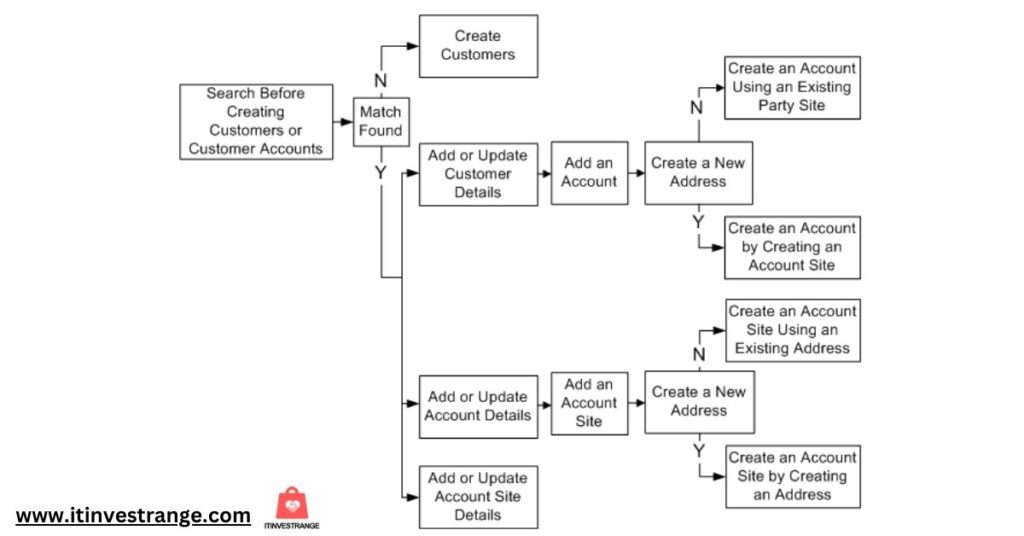
Data integrity is another significant benefit. TCA ensures that all information is accurate and up-to-date. This reliability fosters trust and strengthens relationships with trading partners.
| Benefit | Description |
|---|---|
| Efficiency | Reduces manual processes and eliminates data silos. |
| Scalability | Handles increased complexity as businesses grow. |
| Data Integrity | Ensures accurate and up-to-date information. |
- Centralized view of all interactions
- Enhanced data accuracy
- Faster decision-making
- Better resource allocation
- Strengthened relationships with partners
Core Components
The core components of Trading Community Architecture (TCA) form the backbone of an efficient trading system. These components ensure smooth operations and seamless interactions among all participants.
Key Elements
Here are the key elements that make up TCA:
- Participants: Individuals or entities that engage in trading activities.
- Transactions: The exchanges of goods, services, or financial instruments.
- Markets: Platforms where participants meet to conduct transactions.
- Regulations: Rules governing the conduct of trading activities.
Technological Framework
The technological framework supports the infrastructure of TCA. Below are the primary technologies used:
| Technology | Function |
|---|---|
| Blockchain | Ensures secure and transparent transactions. |
| Artificial Intelligence | Analyzes data to provide trading insights. |
| Cloud Computing | Offers scalable resources for trading activities. |
| APIs | Facilitate communication between different systems. |
Benefits And Challenges
Understanding the Benefits and Challenges of Trading Community Architecture is crucial. This approach offers numerous advantages but comes with its own set of obstacles.
Advantages Of Implementation
The implementation of Trading Community Architecture provides several benefits:
- Enhanced Collaboration: Businesses can collaborate more efficiently.
- Improved Data Sharing: Data is shared seamlessly among community members.
- Cost Efficiency: Reduces operational costs through streamlined processes.
- Scalability: Easily scalable to accommodate growing business needs.
Common Obstacles
Implementing Trading Community Architecture also presents some challenges:
- Integration Issues: Existing systems may face integration problems.
- Security Concerns: Data security becomes a critical issue.
- Resource Allocation: Requires significant resources and expertise.
- Change Management: Adapting to new processes can be difficult for staff.
| Advantages | Challenges |
|---|---|
| Enhanced Collaboration | Integration Issues |
| Improved Data Sharing | Security Concerns |
| Cost Efficiency | Resource Allocation |
| Scalability | Change Management |
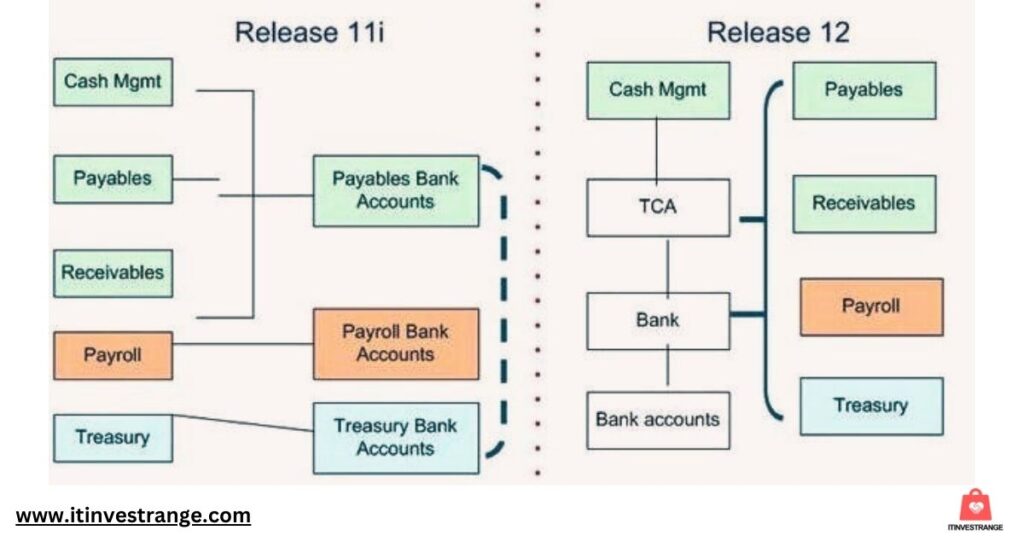
Best Practices
Understanding the best practices in Trading Community Architecture is crucial. It helps businesses streamline their operations and boost efficiency. Here, we will delve into effective strategies and case studies to illustrate these practices.
Effective Strategies
Adopting effective strategies can make a significant difference.
- Data Management: Use a robust data management system. Ensure data is accurate and up-to-date.
- Automation: Automate repetitive tasks. This saves time and reduces errors.
- Integration: Integrate various systems for seamless operations. Connect CRM, ERP, and other tools.
- User Training: Regularly train users. Ensure they are proficient with the systems in place.
Case Studies
Case studies provide practical insights. They show how businesses have successfully applied these strategies.
| Company | Strategy | Outcome |
|---|---|---|
| ABC Corp | Automated data entry | Reduced errors by 50% |
| XYZ Ltd | Integrated CRM and ERP | Improved operational efficiency |
Future Trends
The future of Trading Community Architecture (TCA) promises exciting changes. Emerging technologies and innovative insights will shape this field. Here, we explore the trends that will drive TCA forward.
Emerging Technologies
Artificial Intelligence (AI) is transforming trading communities. AI algorithms help traders make better decisions. They analyze large sets of data quickly.
Blockchain technology ensures secure and transparent transactions. It removes intermediaries, reducing costs and increasing efficiency. Blockchain also provides a tamper-proof record of trades.
Cloud computing offers scalable resources for trading platforms. It supports real-time data processing and storage. This enables faster and more accurate trading operations.
5G technology enhances connectivity and speed. This allows traders to receive updates instantly. It also supports complex trading algorithms that require high-speed data transfer.
Predictions And Insights
Experts predict that AI-driven trading will become the norm. AI will continue to evolve, offering even more precise insights.
Decentralized finance (DeFi) will gain traction. More trading communities will adopt blockchain for secure and efficient transactions.
Cloud-based platforms will dominate the trading landscape. They offer flexibility and scalability. This makes them ideal for handling large volumes of trades.
Quantum computing is on the horizon. It promises to revolutionize data processing. Quantum computers can solve complex problems faster than traditional systems.
Traders will rely more on predictive analytics. These tools help forecast market trends. They provide a competitive edge in decision-making.
| Technology | Impact |
|---|---|
| AI | Improved decision-making |
| Blockchain | Secure and transparent trades |
| Cloud Computing | Scalable resources |
| 5G | Enhanced connectivity |
| Quantum Computing | Revolutionized data processing |
Trading communities must adapt to these trends. Embracing new technologies ensures they stay competitive and secure.
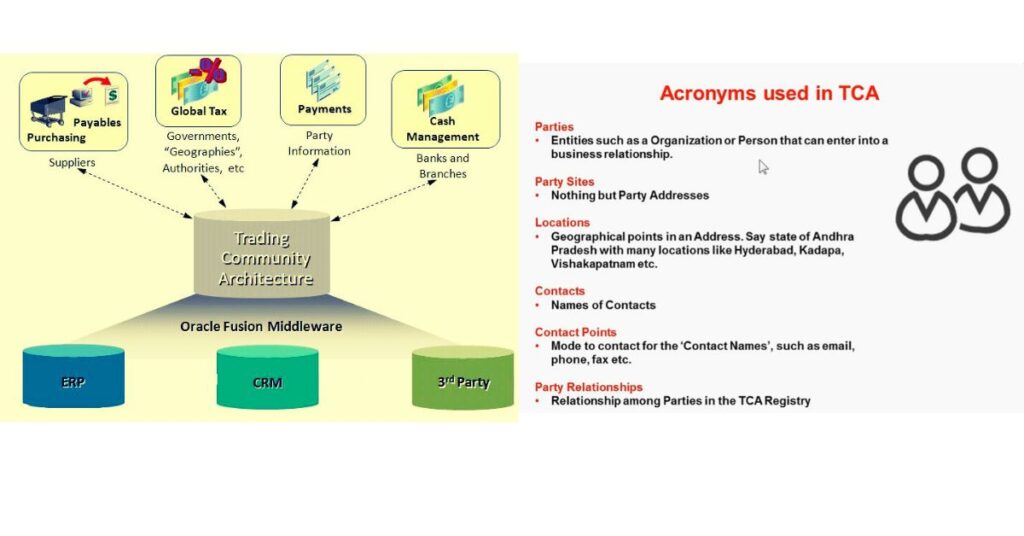
Frequently Asked Questions
What Is Trading Community Architecture?
Trading Community Architecture (TCA) is a framework for managing relationships in a trading environment.
Why Is Tca Important For Businesses?
TCA helps streamline business processes by organizing and managing trading relationships efficiently.
How Does Tca Improve Trading Relationships?
TCA centralizes data, making it easier to manage and analyze trading partner information.
What Are The Key Components Of Tca?
Key components include trading partners, relationships, and transactions.
Can Tca Be Integrated With Other Systems?
Yes, TCA can be integrated with ERP and CRM systems for better data management.
Conclusion
Trading Community Architecture simplifies business interactions. It enhances efficiency and collaboration among trading partners. Understanding its structure is vital for modern businesses. Embrace this architecture to streamline operations and boost growth. Stay ahead in the competitive market by leveraging Trading Community Architecture effectively.
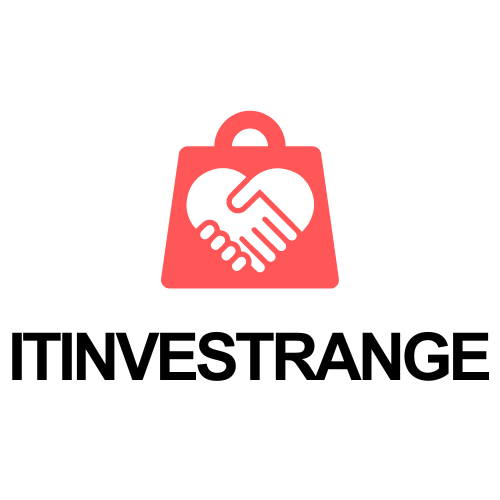
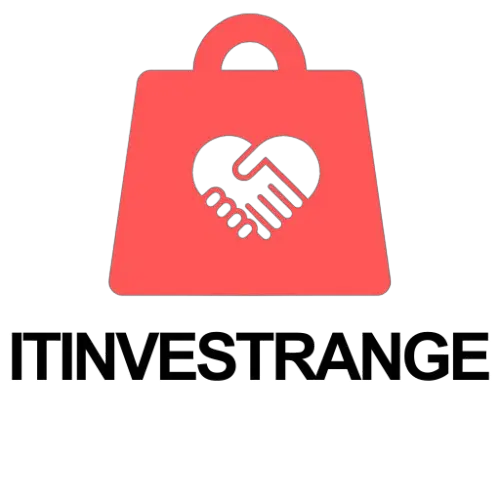




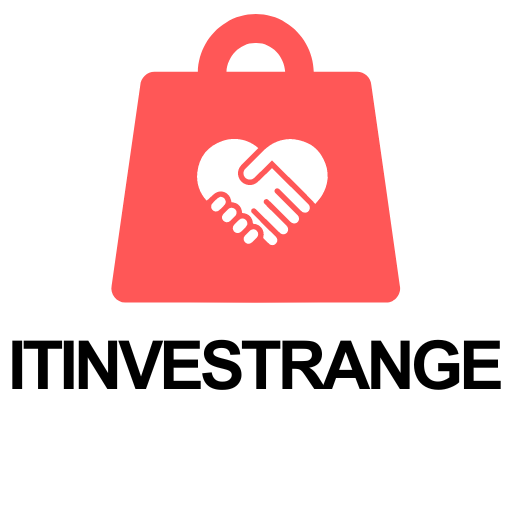






Leave a Reply